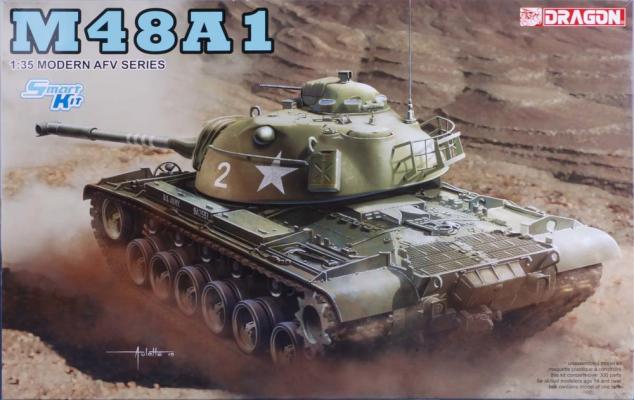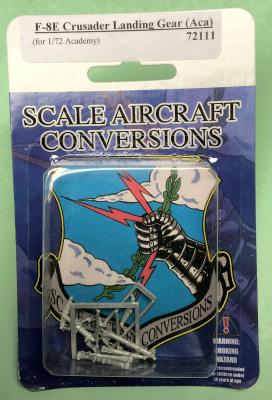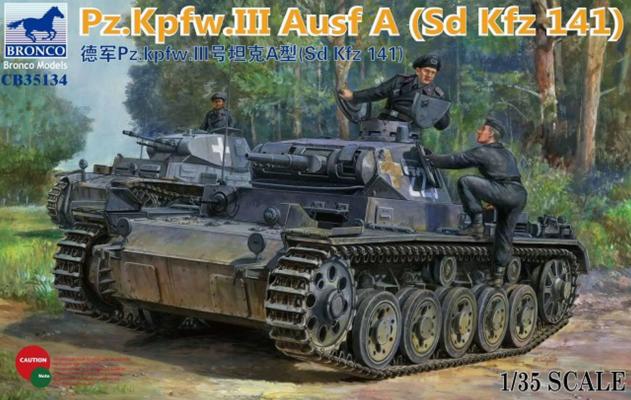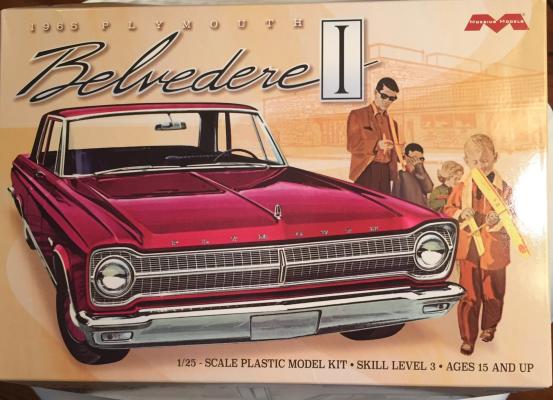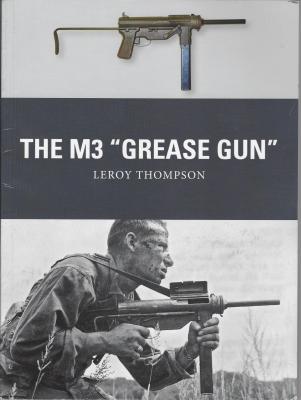Videoaviation is new to me and once I received the sample for review, I am wondering why I have not seen their fine aftermarket resin sets. Packaged in a sturdy plastic box, resin is protected by bubble wrap. The forward bomb part, fuse and lugs are flash free but the aft section with fins have a very fine mold line that can easily be sanded. Parts are cast in light tan resin. A nice touch is the pour block on the pod is on the underside opposite the side on where it connects to the pylon. This makes it easy to remove that portion and sand contour without damaging features. There are simply four parts to assemble , front & aft sections, fuse and lugs(2). Decals are included with yellow text and clear background
Reviews
The B8M1 rocket launcher carries 80mm S-8 unguided rockets that can come in a variety of types. It is still in use by various countries and on various planes. Advanced Modeling has produced a wonderful 1/72nd scale version of this weapon to upgrade current kit parts or add something different.
The resin comes with enough parts for two rocket launchers that each consist of three parts - the main body, the nose cone and the back shroud. Simply cut the parts from the casting blocks and make sure they are square. Glue the parts together and fill any seams (I had almost none as the fit was good).
There is a new player in the Aircraft aftermarket world, and they hail from Russia: Advance Modeling. I had not heard of them till they appeared on the IPMS Reviewer list and I thought I would try out their resin exhaust nozzle set for the new Zvezda MiG-29 (9-13). The resin used is a light gray color, captures very fine details, and is easy to cut using a razor saw or equivalent. The package is simple but effective, with parts in clear bags held within a plastic shell that, when a single staple is removed, is hinged at the other end and opens up like an oyster. The instruction sheet is in English and Russian, and unfolds with easy to understand and follow graphics.
Background
The M48 tank was the third in a series named for the famous WW2 US general, George Patton. The first two were the M46 and M47 Patton tanks, and the M48, though looking similar to its immediate predecessor, the M47, was in fact a completely new design. It incorporated a 90mm main gun, and had a cast steel hull and turret, which was much more rounded than its predecessors, thus offering superior ballistic properties. Initial variants of the M48 had gasoline powered engines, but these proved to be poor performers, and so the M48A3 introduced a better performing diesel engine. Production of the M48 lasted from 1952 until 1959, with a total of just over 11,700 vehicles manufactured.
The Spotlight series of books consist of a large number of color profiles of multiple variants of the covered subject. The first page discusses the RLM colors of the various Stukas shown. This is followed by 42 beautiful color profiles from the early Ju-87A1s to the final Ju-87G2s. The last page shows top views of the Ju-87A-1, B-2 and D-5s.
If you love color profiles and I do, you will like this book. The numerous color profiles are beautifully rendered. The modeler will find many schemes for modeling the Ju-87 in any scale. Those who like WWII history, aviation history, Luftwaffe history and modeling will find this book very useful. I recommend it to all of the above.
Our thanks to Mushroom Model Publications for the review copy and my thanks to IPMS/USA for the review opportunity.
This set includes seven replacement pieces for the landing gear on Academy’s F-8 Crusader. There are three parts for the nose gear including the retraction brace and the main strut and two parts for each of the main gear. The parts are designed to be drop-in replacements for the kit parts.
The first step is to remove the casting seams of each of the parts. I use a small wire brush in my portable Dremel tool at low speed, to polish up the parts and remove these seams. I prefer to do the cleanup before I detach the smaller parts from the casting tree as it is much easier to handle them while they are still on the tree, plus they are much less likely to bend or go flying when they are still attached.
Background
The Panzer III (Pz Kpfw III) was Germany’s first main battle tank, all previous designs being smaller so called “scout” tanks. In early 1934 the German Army, now rearming after the National Socialist (Nazi) takeover of the German national government in 1933, put in motion via the Army Weapons Department plans for a new medium tank weighing 24 tonnes and with a speed of 34 KPH. Daimler-Benz, Krupp, MAN, and Rheinmetall all submitted design proposals and produced prototypes, with Daimler-Benz being awarded a contract for production of the new tank in 1937.
Likelike Decals from Japan just released a few new sheets, and this one covers the P-51 Mustang.
Moebius has followed up on their previous release of the 1965 Plymouth Satellite earlier this year with the Belvedere I, the economy priced B- Body. Referred to as a B-Pillar (“post”) vs. the B-Pillarless Satellite (“hardtop”), the low end Belvedere I was the basis of many a drag race car in the 1960’s, either in the super stock or altered wheel base classes. The kit is not a factory stock car as purchased off the dealer lot, nor the extremely rare A-990 super stock cars. As Moebius Kit Designer / Project Manager Dave Metzner said, the kit is meant “to represent the kind of Belvedere Sedan you'd see at a cruise night these days”. (For those awaiting a super stock drag car, stay tuned for the next version with a Hemi 426 engine.) This kit includes a very nice replica of the dual carb cross ram 426 Max Wedge engine or you can build the engine as a 426 cubic inch Commando V8.
This is the forty sixth volume in the Weapon series. This volume deals solely with the 45 cal. M3 sub machine gun, which was commonly called “The Grease Gun” because of its resemblance to the mechanics grease gun familiar to so many young men in the army. It has also been called Americas Sten Gun because like its British counterpart it was designed to be made with stamped metal welded together. This simple design made it really cheap to manufacture with a net cost of $33.33 to the government. It is hard to believe that this weapon was used by the military for almost 50 years.
This 80 page paperback book is full of pictures and illustrations. Both B&W and color. There is a picture or image on practically every page. The full color illustrations are in the fine detail that the Osprey books are known for. The five chapters cover the development, use and impact of the M3 “Grease Gun”. There is an extensive bibliography for additional resources for research.




